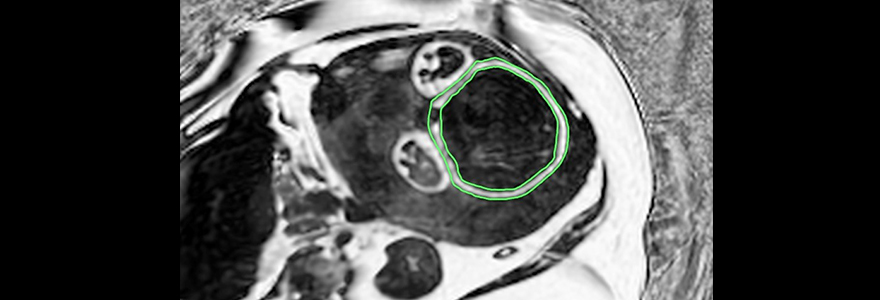Research

Magnetic Resonance Imaging (MRI) offers tremendous opportunities for advancing medical imaging research. MRI, unlike most other medical imaging modalities, can use a wide variety of contrast mechanisms, each of which provides unique information about not only anatomical structure, but also physiological function and in-vivo biochemistry. Unfortunately, the method MRI has used for encoding spatial information into images - the switching of magnetic field gradients - is very slow, making it difficult or impossible to access the full richness of potentially available information in reasonable times. The emerging technique of parallel MRI can alleviate this image encoding bottleneck and unlock the full potential of MRI. Parallel MRI uses arrays of radiofrequency (RF) receiver coils to replace a substantial fraction of the time-consuming image encoding done by switching magnetic field gradients. With many coils in an array, tenfold and higher efficiency gains in image encoding can be realized.
This increased efficiency allows time formerly used for spatial encoding to be invested instead in achieving order-of-magnitude increases in imaging speed, spatial resolution, or anatomical coverage of standard MRI images. Depending on the application this could allow 3D imaging of the whole heart in a single heart beat, 3D breast MRI at resolutions nearly as high as X-ray mammography or sub-millimeter resolution 3D MRI of the entire abdomen in a single breath hold. These gains in spatial encoding efficiency can also enable otherwise prohibitively time consuming examinations/techniques for crucial measurements of disease biomarkers.








